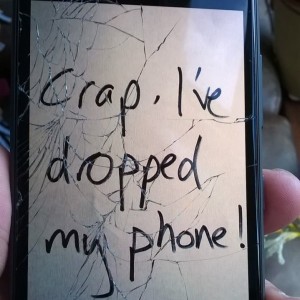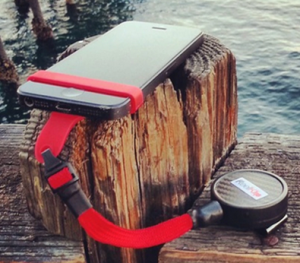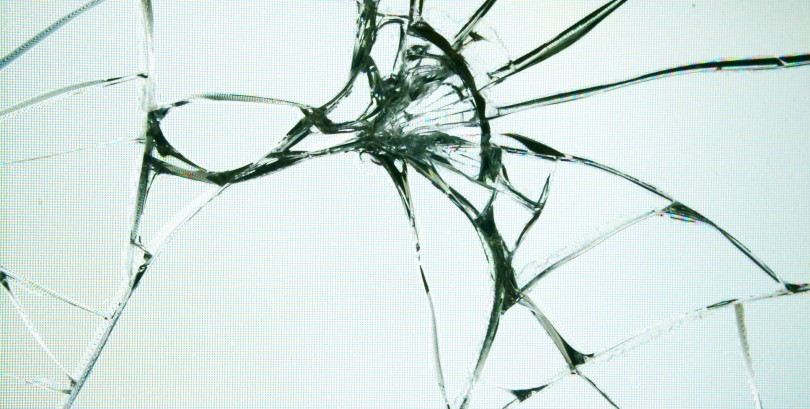aNewDomain — A little more than a month before the release of the original iPhone, the late Apple founder and CEO Steve Jobs pulled his engineers into his office to show them the plastic screen on the iPhone he’d been beta testing. It was covered in scratches — just from ordinary use. He gave them a few short weeks to change the design to one with a glass screen instead of a plastic one.
 The Apple iPhone was not the first cell phone. It wasn’t even the first device with third party apps. Remember the Palm Treo? One of the keys to the iPhone’s success, though, was its glass screen. It didn’t scratch very easily.
The Apple iPhone was not the first cell phone. It wasn’t even the first device with third party apps. Remember the Palm Treo? One of the keys to the iPhone’s success, though, was its glass screen. It didn’t scratch very easily.
But changing over from plastic to glass created a new problem, and an expensive one at that. Drop a phone with a plastic screen and it’ll probably be fine. Drop an iPhone and you could easily end up with a cracked screen. What to do?
Keep it Crack-Free
 One way to prevent a cracked screen is to tie a leash around it. Reelklip has a Kickstarter campaign to make one. And Cosmos sells a five pack of lanyards for less than five bucks. This method prevents drops, shoves and (some) thefts on the street.
One way to prevent a cracked screen is to tie a leash around it. Reelklip has a Kickstarter campaign to make one. And Cosmos sells a five pack of lanyards for less than five bucks. This method prevents drops, shoves and (some) thefts on the street.
Another way is to keep a rubberized sheath around the phone, but that defeats the phone’s portability. It’s less likely to fit in a shirt pocket with all that encasing.
LifeProof has some excellent case options that can give you some extra peace of mind. Built to exceed military specs for drop protection, their cases aren’t cheap, but they do a great job keeping devices safe. They also claim to be dirt, snow and water proof so they’re a great choice for active lifestyles.
What if the phone could hover a bit above the ground after it’s dropped? A few years ago Jeff Bezos applied for a patent to install little jets on each tablet and phone so when the device perceived it was being dropped, it would discharge six small puffs of air and bring it safely to the ground, or even to a nearby table.
Do nothing, as most iPhone owners do now, and you’ll find it will cost $150 to replace the glass in-store, the same price as a midrange iPhone 5 or 5c. If you sign up with Apple Care you can mail in the phone to be fixed for $80. Repairing the sapphire glass on the home button, and replacing the ring around the button may be more expensive, but those two parts are much less likely to break.
For aNewDomain, I’m Dino Londis.
Ed: The original version of this article ran on aNewDomain’s BreakingModern. Read it here.
Images in order: Untitled by Thorsten Hartmann via Flickr; Oops! by Terry Madeley via Flickr; screenshot by Becket Morgan: courtesy of ReelKlip













